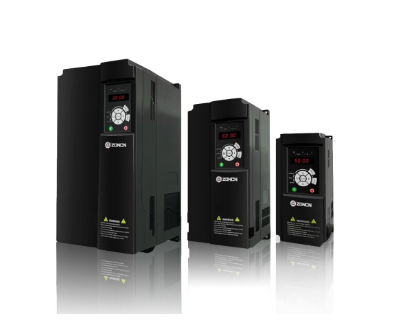
A DC/DC converter is a power electronic device used to convert one DC voltage to another. It plays an important role in many electronic systems, especially in power management, renewable energy systems, and portable electronic devices.
The main function of a DC/DC converter is to provide a stable output voltage by regulating the input voltage, which can be higher (boost converter) or lower (buck converter) than the input voltage. In addition, DC/DC converters can also provide functions such as electrical isolation, improving power efficiency, and reducing power loss.
Based on their working principles, DC/DC converters can be divided into the following common types:
Buck converter: Converts a higher DC voltage to a lower DC voltage.
Boost converter: Converts a lower DC voltage to a higher DC voltage.
Buck-boost converter: Can either step up or step down the voltage, depending on the circuit design and the change in input voltage.
These converters are widely used in various electronic devices such as laptops, electric vehicles, solar systems, mobile phones, etc. to ensure that the device can work stably under different voltage conditions.
What are the advantages of DC/DC converters?
- 1. DC/DC converters can adjust the input voltage to the desired output voltage, either boost or buck, which makes them very flexible and suitable for a variety of application scenarios.
- 2. Modern DC/DC converters usually have high energy conversion efficiency, usually reaching more than 90%. This reduces the waste of electrical energy, thereby extending battery life and reducing heat dissipation requirements.
- 3. DC/DC converters can quickly respond to input voltage changes and load changes to maintain output voltage stability.
- 4. For some sensitive electronic products, modern DC/DC converter designs usually include filtering and regulation functions, which can output low noise and stable voltage.
What are the disadvantages of DC/DC converters?
1. The circuit design of DC/DC converters is relatively complex, especially multi-function converters. This complexity may lead to higher design and manufacturing costs.
2. Although DC/DC converters perform well in high-power applications, they may be unsuitable for some low-power applications due to their large size and weight.
3. High-frequency switching operations may cause electromagnetic interference (EMI), affecting the normal operation of other electronic equipment, so additional filtering measures are usually required to suppress interference.
Where can we see DC/DC converters?
In daily life, our mobile phones, laptops, and tablets all need DC/DC to convert the voltage provided by the battery into different voltages required by various subsystems inside the device (such as CPU, memory, hard disk, etc.). There are also USB chargers we use, which need to step down the input high voltage (such as DC power obtained after 220V AC power is converted by AC/DC) to a low voltage suitable for charging the device.
The voltage generated by solar panels is usually unstable, and DC/DC converters can convert it into a stable voltage suitable for energy storage devices or power grids. At the same time, in wind power generation systems, similar to solar power systems, DC/DC converters are used to adjust the voltage output by the generator.
DC/DC converters are used to provide suitable voltages for navigation, communication, control and other systems on aircraft. Of course, you usually take trains, and DC/DC converters are used to provide different voltages for various subsystems of trains, including lighting, control and communication systems.
DC/DC converters (DC/DC Converters) are widely used in many fields, mainly in situations where the power supply voltage needs to be converted to the voltage required by the device or where power transmission between different voltage levels is required. These applications demonstrate the critical role of DC/DC converters in modern electronic systems, helping to achieve efficient transmission and use of electrical energy.

